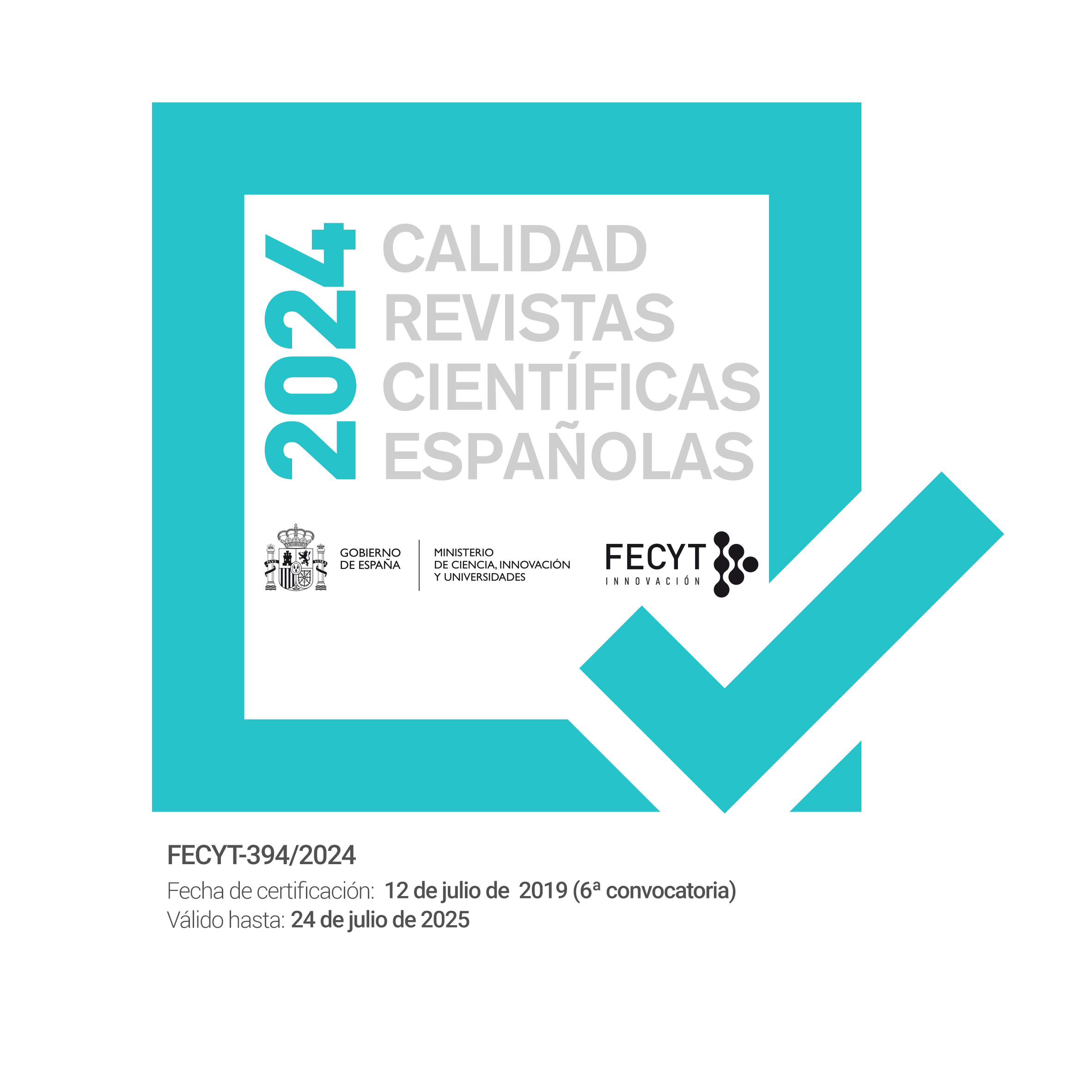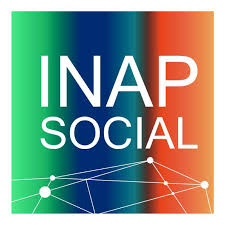Reviewer guidelines
CONFLICT OF INTEREST
The journal uses a double-blind peer review system, ensuring that neither authors nor reviewers are aware of each other's identities. If a reviewer identifies an author despite the removal of their names from the manuscript, the reviewer must declare any conflict of interest and decline the editor's invitation to review the manuscript.
A conflict of interest may arise from:
- Bias or hostility towards the authors.
- Close academic or personal relationships (e.g., belonging to the same university, department, research group, professional network, research project, etc.).
- Previous publications with the author.
- Any other type of connection, conflict, or professional proximity.
CRITERIA FOR ACCEPTING A REVIEW ASSIGNMENT
Reviewers should consider the following criteria when deciding to accept or decline a manuscript review:
- They should have knowledge and experience in the subject area and only undertake the review if they consider themselves competent in the proposed topic.
- If accepting, they commit to adhering to the established deadlines. In case of rejection, they should inform the journal's editorial office as soon as possible.
- They must maintain confidentiality throughout the review process and not disclose the article's content to third parties.
- Reviews must be COMPREHENSIVE, CRITICAL, ANALYTICAL, CONSTRUCTIVE, AND WELL-REASONED. The purpose is to enhance the quality of the articles. If a review fails to meet these characteristics, the journal may require the reviewer to revise the evaluation or may even reject it.
INSTRUCTIONS FOR ARTICLE EVALUATION
The review process may involve MULTIPLE REVIEW ROUNDS. Reviewers should consider the instructions for each round, whether it is the first or subsequent rounds.
First round of review
During the first review round, reviewers are expected to:
- Complete the journal's PEER REVIEW FORM, adding comments for the author to improve the manuscript. This includes suggestions, improvements, criticisms, or necessary revisions for enhancing the work and its potential publication.
- Add confidential comments for the editors: any additional considerations about the manuscript's quality and acceptability, or any remarks not intended for the author.
- The first review round, which may be final or not, concludes when the reviewer submits the completed review form through the journal’s portal, along with the recommended decision.
- If a reviewer suspects the article to be a partial or substantial copy of another work, they must inform the editors. They should also notify the editors if they suspect the article's results to be false or fraudulent.
Second round of review and beyond
After the first review round, and if the article has not been rejected, the author may be asked to make revisions to improve the quality of the work. If the author agrees, they must submit the REVISED VERSION OF THE ARTICLE along with a brief REPORT ON CHANGES MADE. The journal's editorial office will then initiate a SECOND REVIEW ROUND with the reviewers from the first round, sending them the revised article, the change report, and a simplified form to assess the revised version and decide on its suitability for publication.
If reviewers find the revisions unsatisfactory, they may request further changes, prompting a new review round, following the same procedure described in the second round.











